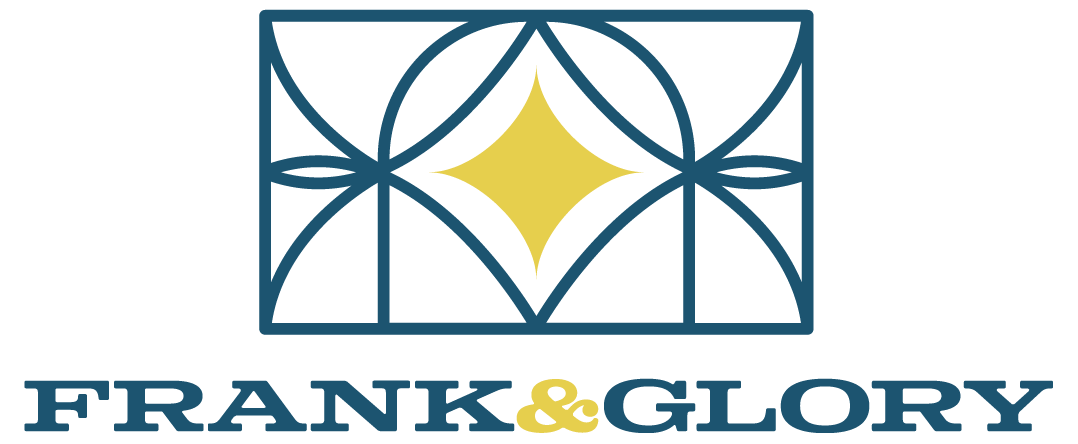Mead Art Museum
Collection Management Policy
Photo Credit: Photo by Clark S. on Unsplash
Summary
How does an art museum approach developing a new Collection Management Policy during several major transitions?
Mead Art Museum at Amherst College (the Mead) was approaching its fourth reaccreditation by the American Alliance of Museums in 2024, in the midst of reopening the museum to visitors after relaxing COVID-19 restrictions, ongoing construction projects, and onboarding a new Director. As part of the self-study component of the reaccreditation process, the Mead wished to write and adopt a new Collection Management Policy (CMP) and requested our services to facilitate the process.
Project Timeline:
6-8 Months
Photo credit, Photo by John Cameron on Unsplash
Client Background
Mead stewards the art collection of Amherst College, a highly-ranked private liberal-arts college located in Amherst, Massachusetts. Amherst College supports a curriculum that utilizes the college’s collections as a tool to inspire innovative and critical thinking to prepare their students for service to society. To uplift that mission, the Mead set out to refresh its Collection Management Policy to align with their evolving community.
The Mead’s previous policy was adopted just prior to its third reaccreditation process in 2006. In the intervening years, separate Acquisition and Deaccession policies had been developed and posted on the museum’s website. This project, led by Erin Richardson at Frank + Glory, would be the first time since 2006 that the separate policies would collate into a new, extensive Collection Management Policy.
Photo by Ioana Cristiana on Unsplash
Services
To develop a new CMP we facilitated a structured process in which numerous staff participated. The museum identified a core group of staff (the CMP Task Force) at the outset of the project that met virtually three times. At the first meeting they reviewed two options for organizing frameworks, one familiar to that of most US museums and another based on the Spectrum Standard for collection management developed by the Collections Trust (UK). The group selected the Spectrum model which considers loans as a method of collection access and categorizes accessions and deaccessions under collection development. In general, the Spectrum framework is more audience-focused.
To create a first draft of the new CMP, Richardson used the selected outline, the old CMP, written procedure documents, the Mead’s 2018 Collecting Plan and addendums, documentation spelling out the museum Advisory Board’s authority, and other documents. This draft included most of the museum’s existing policies and practices with additional components. Revisions were made and implemented during two more CMP Task Force meetings, after which a near-final draft was forwarded to incoming Director, Amherst College Deputy Counsel, and a member of the Advisory Board. After revisions, the final draft was forwarded to the Advisory board for review. After discussion, the Policy was adopted by the Advisory Board.
Reflections
Museums operating in higher education are often challenged by their students to move boldly into the future at an urgent pace. In 2020, Amherst College’s students called for social justice and equity across campus. They asked for decolonized cataloging practices for existing museum collections, and more diversity in the gender, racial, and ethnic representation among the collection’s creators and subjects. One way to approach this work thoroughly and with intention is to look at how the structure of foundational policies can support more equitable museum collections. What acquisition and deaccession criteria can advance equity? When your museum considers outgoing loan requests, do you only consider borrowers that support the stringent preservation and security guidelines, enhance the status of your museum or add to the illustrious provenance of the work? Or, are loans part of a multi-faceted approach to increasing access to the museum’s collections? You might be surprised by the impact a “boring” policy can have in the sustainability of your organization.



